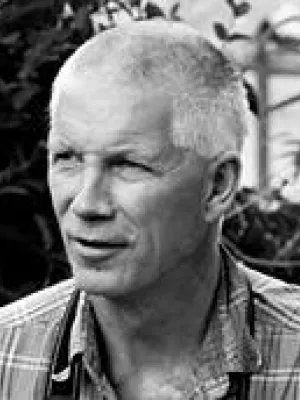
Jonas Ardö
Professor

Very high CO2 exchange fluxes at the peak of the rainy season in a West African grazed semi-arid savanna ecosystem
Author
Summary, in English
Africa is a sink of carbon, but there are large gaps in our knowledge regarding the CO2 exchange fluxes for many African ecosystems. Here, we analyse multi-annual eddy covariance data of CO2 exchange fluxes for a grazed Sahelian semi-arid savanna ecosystem in Senegal, West Africa. The aim of the study is to investigate the high CO2 exchange fluxes measured at the peak of the rainy season at the Dahra field site: gross primary productivity and ecosystem respiration peaked at values up to −48 μmol CO2 m−2 s−1 and 20 μmol CO2 m−2 s−1, respectively. Possible explanations for such high fluxes include a combination of moderately dense herbaceous C4 ground vegetation, high soil nutrient availability and a grazing pressure increasing the fluxes. Even though the peak net CO2 uptake was high, the annual budget of −229 ± 7 ± 49 g C m−2 y−1 (±random errors ± systematic errors) is comparable to that of other semi-arid savanna sites due the short length of the rainy season. An inter-comparison between the open-path and a closed-path infrared sensor indicated no systematic errors related to the instrumentation. An uncertainty analysis of long-term NEE budgets indicated that corrections for air density fluctuations were the largest error source (11.3% out of 24.3% uncertainty). Soil organic carbon data indicated a substantial increase in the soil organic carbon pool for the uppermost.20 m. These findings have large implications for the perception of the carbon sink/source of Sahelian ecosystems and its response to climate change.
Department/s
- Dept of Physical Geography and Ecosystem Science
- BECC: Biodiversity and Ecosystem services in a Changing Climate
Publishing year
2016-07-02
Language
English
Pages
93-109
Publication/Series
Geografisk Tidsskrift
Volume
116
Issue
2
Full text
Document type
Journal article
Publisher
Taylor & Francis
Topic
- Environmental Sciences
Keywords
- dryland
- ecosystem respiration
- gross primary productivity
- Net ecosystem exchange
- Sahel
- savanna
Status
Published
ISBN/ISSN/Other
- ISSN: 0016-7223

